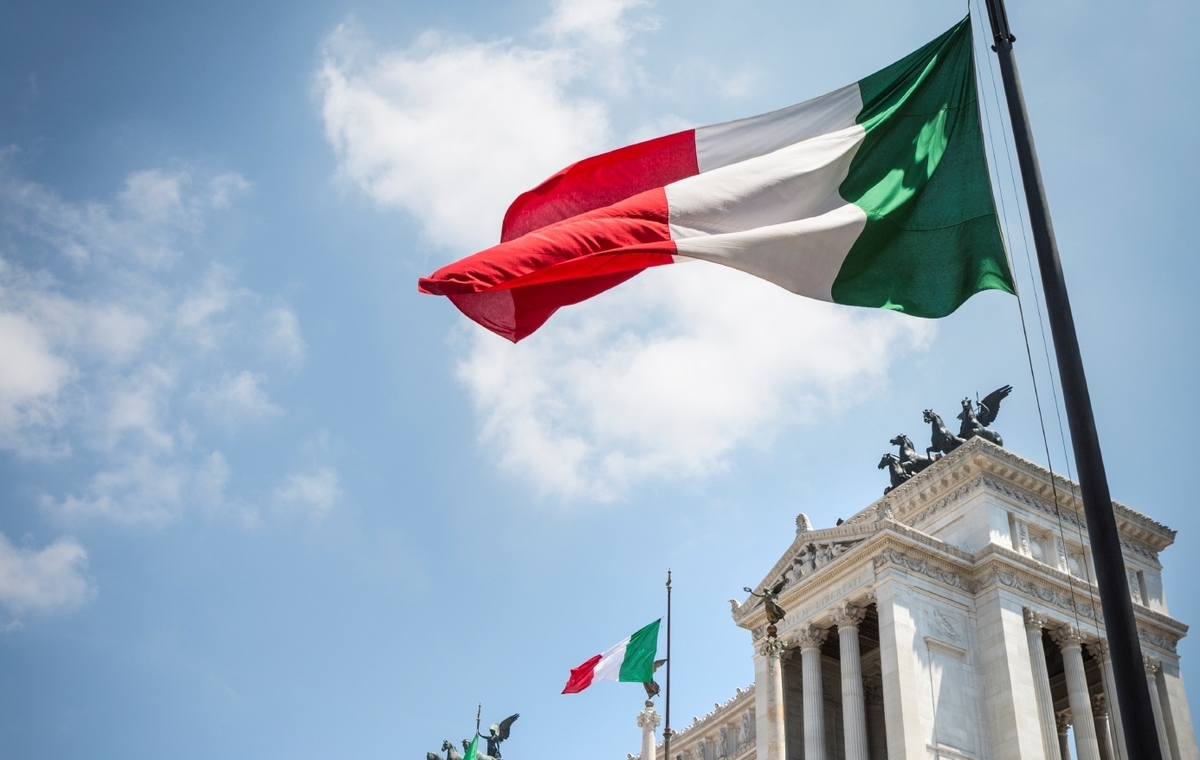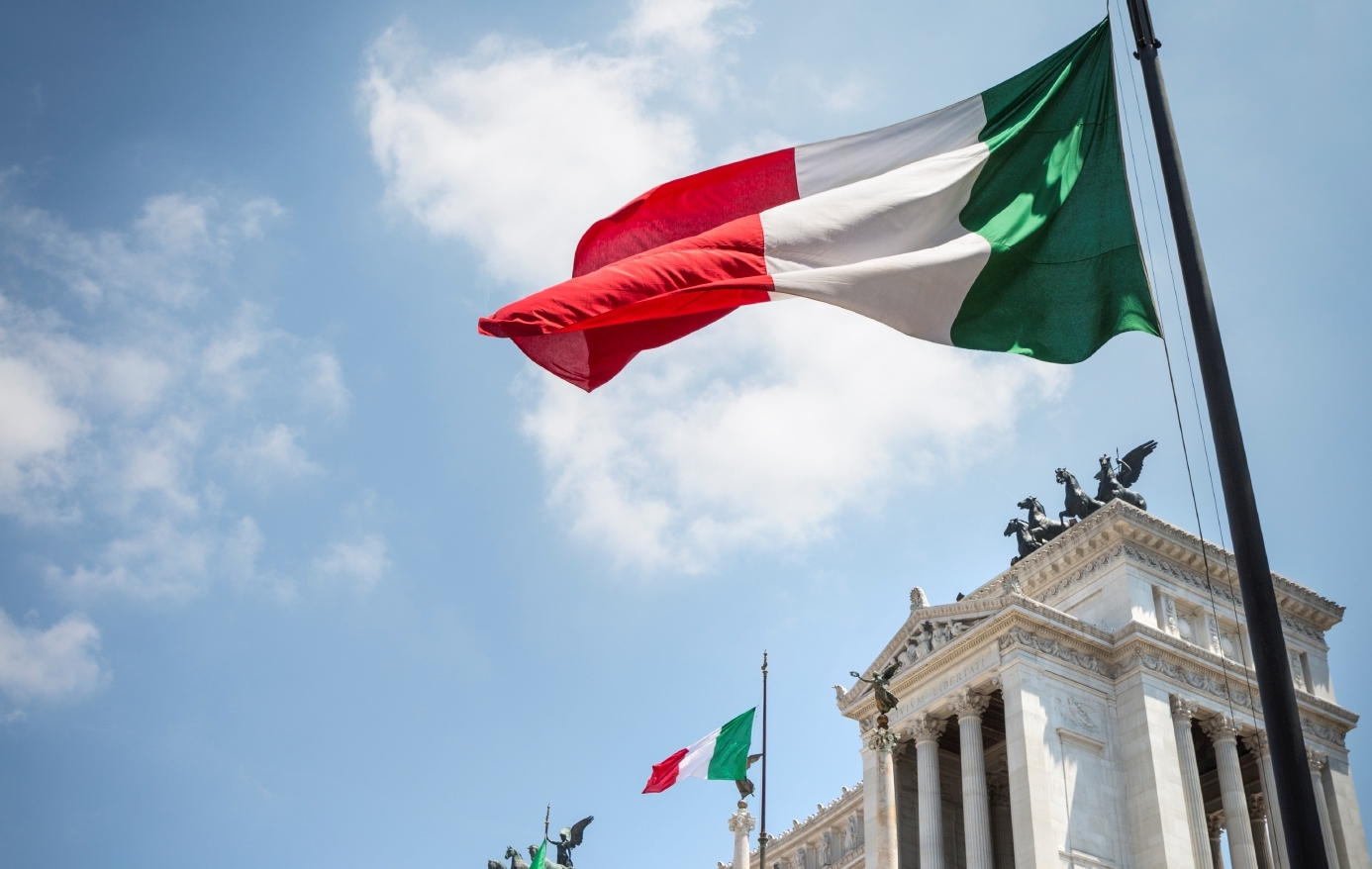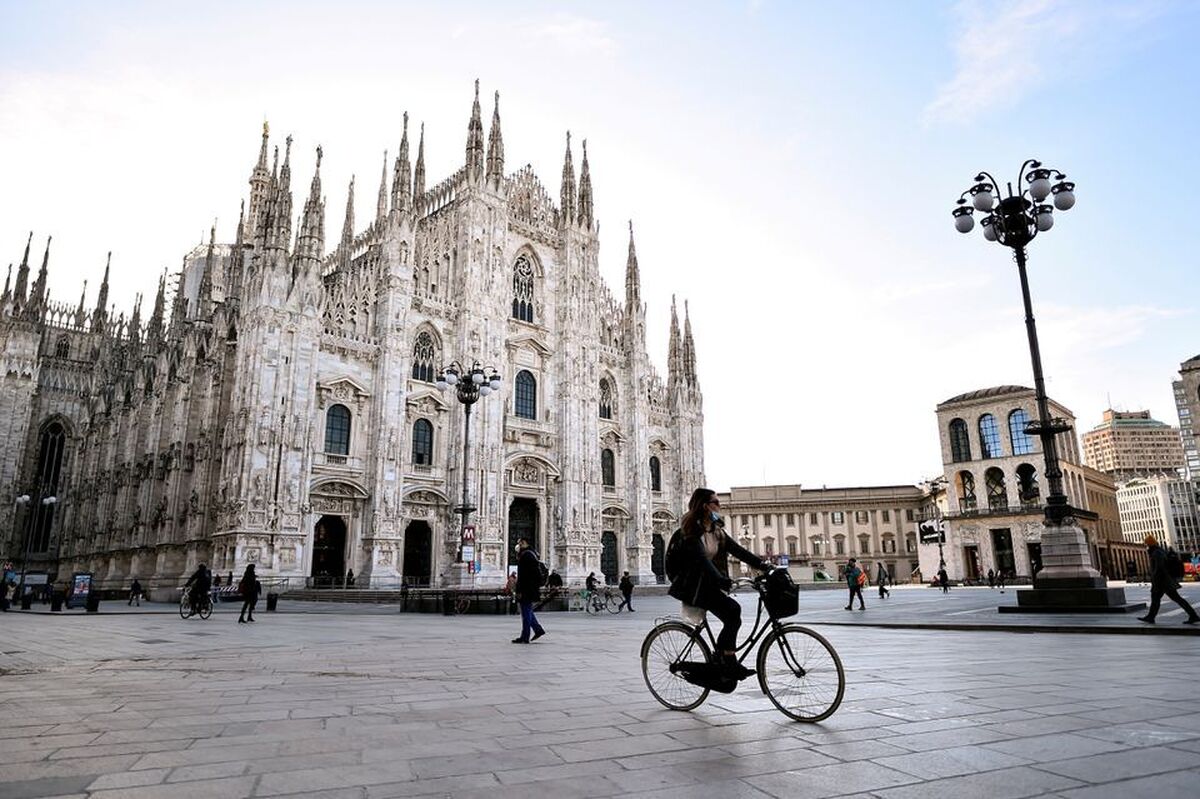Italy Avoids Recession with 0.5 Percent Q1 Growth


Commenting on the results, Prime Minister Giorgia Meloni said on social media that "these data (prove that) our businesses, when placed in a position to unleash their full potential, know how to make a difference by making Italy strong and competitive and promoting the well-being of all Italians."
Italy's economy grew 3.9 percent last year, continuing a post-pandemic economic surge that started in 2021. However, the growth slowed to 0.1 percent in Q4 2022.
If negative growth had continued into 2023, the economy would have sunk into technical recession, which is defined as two consecutive quarters of negative growth. Friday's data, however, eliminates this scenario.
ISTAT said the economy was 1.8 percent larger in Q1 2023 than in the same quarter in 2022.
This was due to "a combination of an increase in added value both in the industry and in the services sector," which includes the country's massive tourism industry, it said.
But ISTAT cautioned that the agriculture, forestry, and fishing industries were "stationary" -- due in part to more than a year of unusually dry and hot weather conditions.
On the demand side, ISTAT said, "there is a positive contribution from both the national component and the net foreign component."
In summary, ISTAT said that "after the slight economic downturn in Q4 2022, the recovery at the beginning of 2023 promises an acquired growth rate for 2023 estimated at 0.8 percent." That figure is higher than earlier consensus estimates.
The news made headlines on most major news sites, hailed as good news for an economy battered in recent months by high inflation stemming from the conflict in Ukraine and dry weather conditions that have slashed agricultural output and impacted winter tourism.
The Italian Stock Exchange in Milan initially rose on the news, but finished the day down 0.4 percent, due mostly to underperforming financial sector stocks.

























